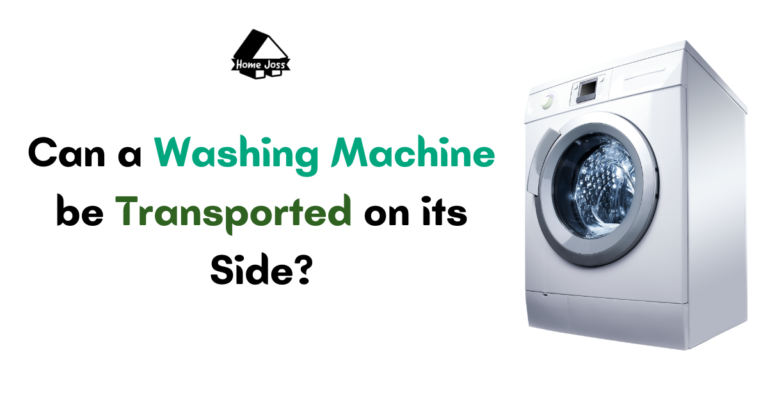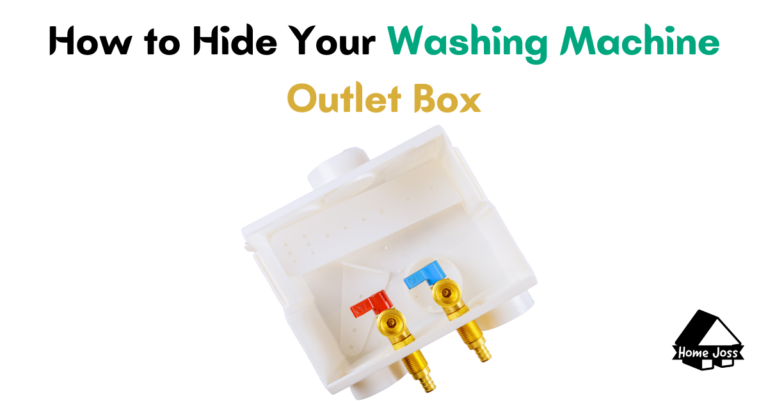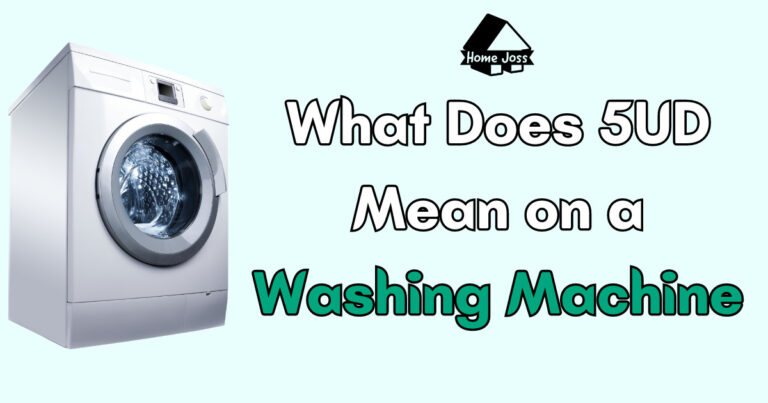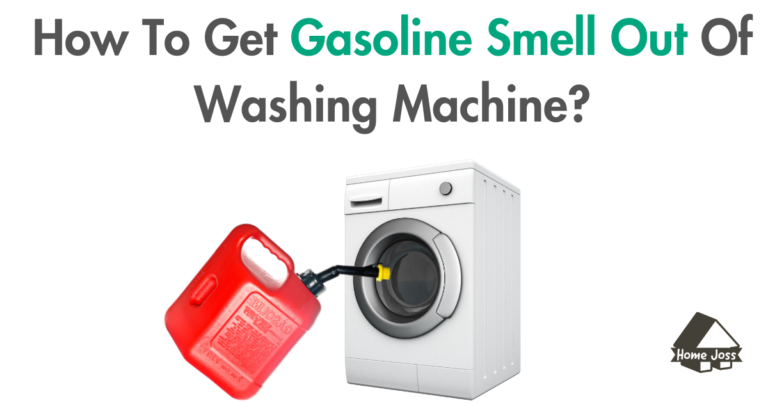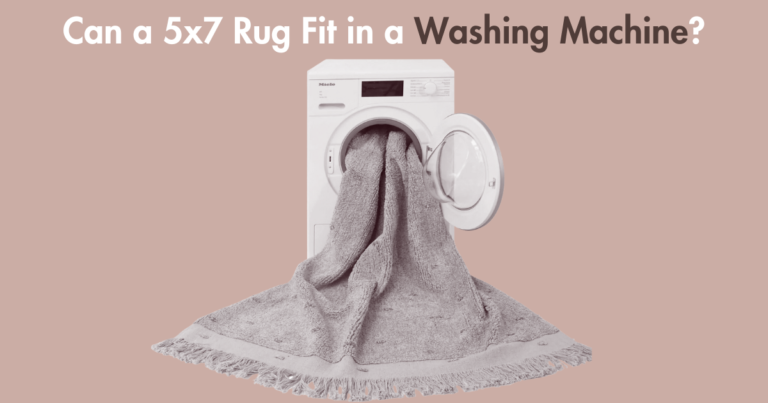Every people who has gone laundrymat may have one question which is “are public washing machines clean?”. Its normal to have this question in your mind whenever you are going to wash your own cloths in a public washing machine.
But don’t worry in this article, we will delve into the truth behind these concerns and provide factual data to shed light on the cleanliness of public washing machines.
Contrary to popular belief, public washing machines in self-service laundromats are often much cleaner than home washers. While it is true that washing machines can become a breeding ground for bacteria if left unchecked, laundromats implement routine cleaning procedures to ensure their machines and surfaces are sanitary.
Furthermore, the risk of disease transmission through contaminated laundry in healthcare facilities is relatively low. With proper handling and laundering protocols, contaminated textiles and fabrics in medical settings can be rendered hygienically clean, minimizing the risk of infections.
Laundromats have a long history, dating back to the 1930s. Over the years, they have evolved to offer improved technology and convenient amenities. In the United States alone, there are more than 35,000 laundromats in operation, generating over $5 billion in annual revenue.
Throughout this article, we will explore the measures taken to maintain hygienic public washing machines, including regular cleaning routines and effective sanitization processes. We will also compare the cleanliness of public washing machines with home washers to provide a comprehensive understanding of the topic.
By the end of this article, you will have a clearer picture of the cleanliness of public washing machines and the importance of proper maintenance. Join me as we uncover the truth behind public washing machines and debunk any lingering concerns about their hygiene.
Are Public Washing Machines Clean?
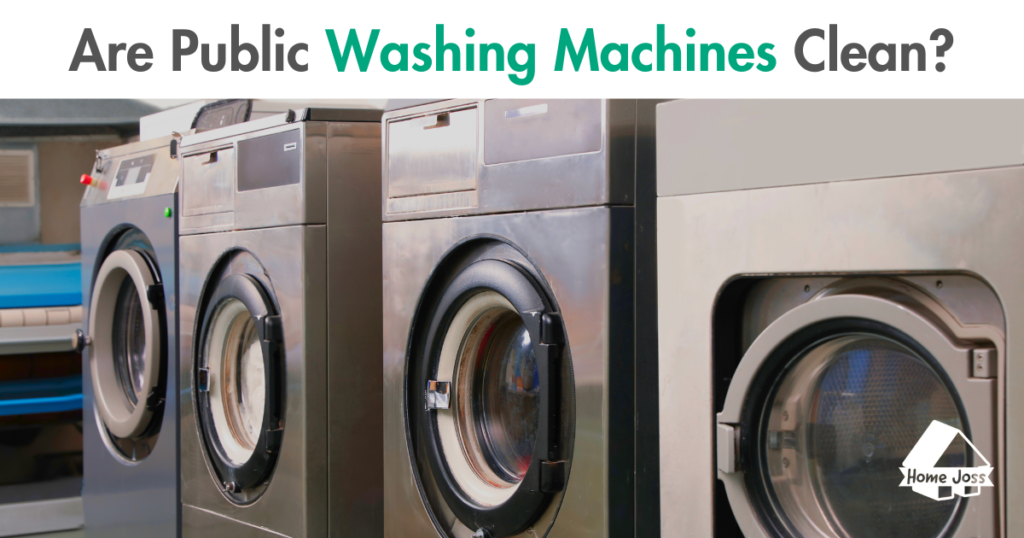
Yes, public washing machines, especially those in self-service laundromats, are often cleaner than many people believe. They are typically well-maintained and they go through regular cleaning and sanitization processes. It ensures hygiene and safety for all users.
The routine cleaning protocols in place at laundromats and the use of appropriate sanitizing agents effectively minimize the risk of contamination and bacterial growth.
The Reality of Public Washing Machine Cleanliness
It’s time to debunk the myths and uncover the truth about the cleanliness of public washing machines. Contrary to popular belief, public washing machines in self-service laundromats are often much cleaner than their household counterparts.
While they may have developed a reputation for being unhygienic, proper cleaning routines and maintenance practices ensure a higher standard of cleanliness.
In fact, washing machines, if left unchecked, can become a breeding ground for bacteria, which can lead to skin irritation. To keep laundromats clean, routine cleaning of the washers and surfaces is necessary.
Laundromat owners and operators are well aware of the importance of maintaining hygiene standards and take active measures to ensure that all machines are regularly cleaned and sanitized.
When it comes to healthcare facilities, the overall risk of disease transmission through contaminated laundry is low. Contaminated textiles and fabrics in medical settings can be rendered hygienically clean through proper handling and laundering.
Strict protocols and practices are followed to minimize any potential health risks associated with public washing machines used in healthcare facilities.
Public washing machines are not inherently unclean. With proper maintenance and regular cleaning, they can provide a hygienic laundry experience.
The history of laundromats dates back to the 1930s, and they have evolved over time to offer improved technology and convenient amenities. With over 35,000 laundromats in operation across the United States, generating more than $5 billion in annual revenue, it’s clear that public washing machines continue to be a reliable and clean option for many individuals.
Maintaining Hygienic Public Washing Machines
To maintain hygienic conditions, laundromats employ specific protocols and practices to keep their washing machines clean. Regular cleaning of the machines and the surrounding surfaces is crucial to prevent the buildup of bacteria and ensure a hygienic environment for customers.
Laundromats typically follow a strict cleaning routine that includes disinfecting the washers and dryers after each use. This helps eliminate any potential contaminants that may have been left behind by previous users.
Additionally, surfaces such as countertops, folding tables, and seating areas are regularly wiped down with sanitizing solutions to prevent the spread of germs.
In order to meet the highest hygiene standards, laundromats also prioritize the maintenance of their equipment. This includes regular inspections and repairs to ensure that the washing machines are functioning properly and free from any potential sources of contamination.
| Practice | Frequency |
|---|---|
| Cleaning and disinfecting machines | After each use |
| Wiping down surfaces | Regularly throughout the day |
| Inspecting and repairing equipment | As needed |
By implementing these measures, laundromats strive to maintain a hygienic environment where customers can safely wash their clothes. It is important, however, for individuals to practice good personal hygiene as well, such as washing their hands before and after using the machines and ensuring that their laundry is properly cleaned before loading it into the washers.
Sanitization: Key to Hygienic Public Washing Machines
Sanitization is vital in ensuring public washing machines are free from harmful bacteria and viruses. Regular cleaning and disinfection procedures are essential to maintain high hygiene standards and prevent the spread of infectious diseases. Laundromats follow strict protocols to sanitize their equipment and create a safe environment for customers.
One effective method of sanitization is the use of hot water and detergent during the washing cycle. The high temperature helps kill bacteria and remove any residual dirt or stains. Additionally, laundromats often use commercial-grade disinfectants that are specifically formulated to eliminate a wide range of germs.
Furthermore, surfaces and touchpoints in laundromats, such as countertops, door handles, and payment machines, are regularly sanitized to minimize the risk of cross-contamination. These measures, along with the diligent cleaning practices of laundromat staff, contribute to maintaining a clean and hygienic environment.
It’s important to note that the risk of disease transmission through contaminated laundry in public washing machines is generally low. Washing machines are designed to remove dirt, bacteria, and viruses from clothes, especially when the correct detergent and sanitizing products are used.
However, customers can also take personal precautions, such as using disinfectant wipes on machine controls before use and avoiding direct contact with their face or mouth during the laundry process.
| Key Points: | |
|---|---|
| Sanitization | Hot water and commercial-grade disinfectants are used to kill bacteria and viruses. |
| Cleaning Practices | Laundromats have thorough cleaning routines and sanitize surfaces regularly. |
| Low Risk | The risk of disease transmission through contaminated laundry in public washing machines is generally low when proper cleaning procedures are followed. |
Public Washing Machines vs. Home Washers: Hygiene Comparison
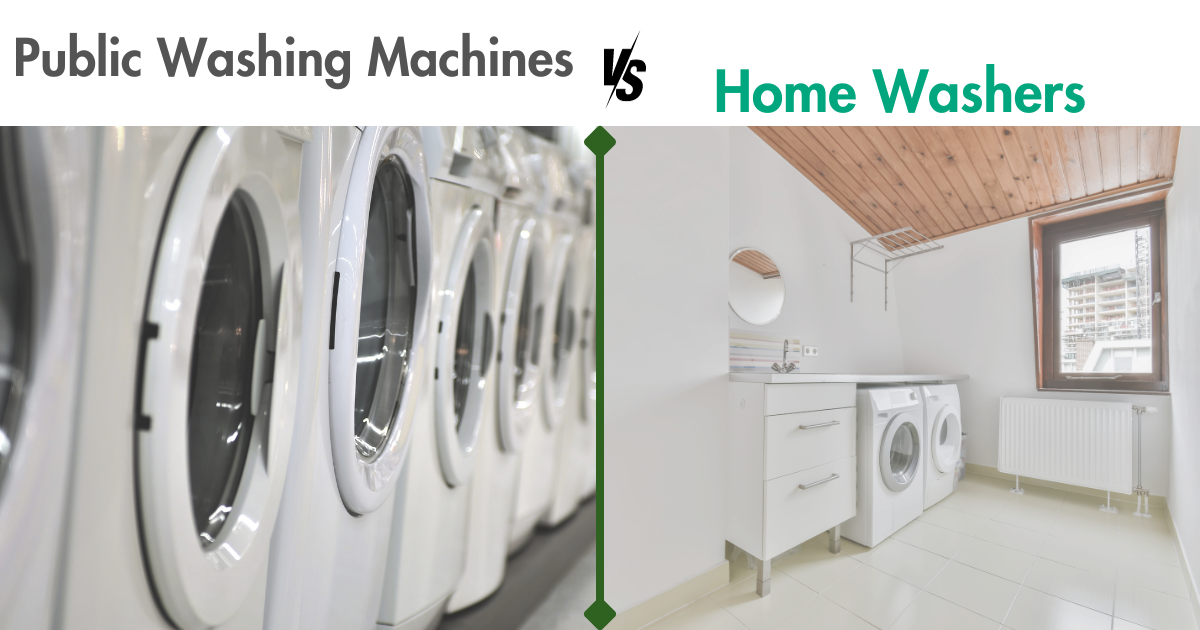
Contrary to popular belief, public washing machines often surpass home washers in terms of cleanliness. While there may be concerns about the hygiene standards of public washing machines, it is important to understand that laundromats follow strict cleaning routines to ensure a clean environment for users.
Routine cleaning of the washers and surfaces is necessary to prevent the build-up of bacteria, which can lead to skin irritation or infection. In fact, laundromats take cleanliness seriously and prioritize the maintenance of their machines.
When comparing public washing machines to home washers, it is worth noting that public facilities have a higher level of expertise in maintaining a hygienic environment. Laundromats often invest in proper sanitization processes to effectively remove bacteria and prevent potential health risks.
The regular maintenance and cleaning routines followed by laundromats contribute to the overall cleanliness and safety of public washing machines. On the other hand, home washers may not receive the same level of attention and cleaning, increasing the risk of bacterial growth over time.
In healthcare facilities, maintaining hygiene in laundering is of utmost importance to mitigate the risk of disease transmission. The protocols and practices followed in healthcare settings ensure that contaminated textiles and fabrics are rendered hygienically clean.
These measures, combined with proper handling and laundering techniques, significantly reduce the likelihood of cross-contamination and infection. Therefore, it can be argued that public washing machines, when properly maintained and cleaned, can be a hygienic option for laundering, even more so than home washers.
| Fact | Data |
|---|---|
| Number of laundromats in the United States | Over 35,000 |
| Annual revenue generated by laundromats in the United States | More than $5 billion |
Laundromats have a rich history, dating back to the 1930s, and have evolved significantly over the years. Today, they offer improved technology and convenient amenities to enhance the user experience.
With over 35,000 laundromats operating in the United States and generating more than $5 billion in annual revenue, it is evident that public washing machines play an essential role in meeting the laundering needs of individuals and communities.
Hygienic Laundering in Healthcare Facilities
Ensuring hygienic laundering practices is crucial in healthcare facilities to minimize the spread of infections. Proper handling and laundering of contaminated textiles and fabrics play a significant role in maintaining a clean and safe environment for both patients and healthcare workers. By following stringent protocols and utilizing advanced technologies, healthcare facilities can mitigate the risk of disease transmission through contaminated laundry.
In healthcare settings, contaminated textiles such as bedding, towels, and hospital gowns can harbor pathogens that pose a threat to vulnerable individuals. To address this risk, healthcare facilities implement strict guidelines for the collection, transportation, and washing of soiled items.
The use of specialized laundry equipment, such as industrial-grade washers and dryers, ensures thorough cleaning and disinfection of contaminated textiles.
“The overall risk of disease transmission through contaminated laundry in healthcare facilities is low.”
Healthcare facilities also employ effective detergents and disinfectants specifically formulated for hygienic laundering. These products target a wide range of microorganisms, including bacteria, viruses, and fungi, to ensure the highest level of cleanliness.
Additionally, adherence to proper sorting, washing, and drying procedures further enhances the effectiveness of the laundering process.
| Key Practices for Hygienic Laundering in Healthcare Facilities |
|---|
| Regular inspection and maintenance of laundry equipment |
| Strict separation of contaminated laundry from clean items |
| Proper use of detergents and disinfectants |
| Appropriate washing temperature and cycle length |
| Thorough drying to eliminate moisture |
| Safe and hygienic storage of clean, folded laundry |
In conclusion, maintaining hygienic laundering practices in healthcare facilities is of utmost importance to prevent the spread of infections. With proper protocols, specialized equipment, and effective cleaning agents, healthcare facilities can ensure that contaminated textiles are rendered hygienically clean. By prioritizing cleanliness, healthcare facilities create a safe environment for patients, staff, and visitors.
Evolution of Laundromats: From Past to Present
Laundromats have come a long way since their inception in the 1930s, with significant advancements to improve convenience and cleanliness. With the aim of providing a hassle-free laundry experience, modern laundromats have incorporated state-of-the-art technology and amenities.
Today, there are over 35,000 laundromats in operation across the United States, generating more than $5 billion in annual revenue. These self-service establishments have become a go-to option for individuals and families looking to do their laundry quickly and efficiently.
In addition to their commercial-sized washers and dryers, laundromats often offer additional services like folding stations, vending machines, and comfortable seating areas to enhance the overall customer experience.
Furthermore, laundromats have put significant efforts into ensuring cleanliness and hygiene. Regular and thorough cleaning routines are performed to maintain the machines and the premises.
By adhering to strict sanitary protocols, laundromats strive to provide their customers a clean and safe environment. This commitment to cleanliness helps dispel any concerns about the hygienic standards of public washing machines, fostering a sense of trust among patrons.
In conclusion, the evolution of laundromats over the years has revolutionized the way people approach their laundry needs. From their humble beginnings in the 1930s to the present day, laundromats have continuously improved their facilities, amenities, and cleanliness standards.
With their convenience and dedication to maintaining hygiene, they have become a reliable and efficient option for individuals and families seeking a stress-free laundry experience.
FAQ
Are public washing machines clean?
Public washing machines in self-service laundromats are often much cleaner than home washers. Routine cleaning of the washers and surfaces is necessary to keep laundromats clean and maintain hygiene standards.
Can public washing machines lead to skin irritation?
If left unchecked, washing machines can become a breeding ground for bacteria, which may lead to skin irritation. However, with proper cleaning and maintenance, the risk of skin irritation can be significantly reduced.
Is there a risk of disease transmission through contaminated laundry in healthcare facilities?
The overall risk of disease transmission through contaminated laundry in healthcare facilities is low. Contaminated textiles and fabrics can be rendered hygienically clean through proper handling and laundering protocols.
How many laundromats are there in the United States?
There are over 35,000 laundromats in operation in the United States, generating more than $5 billion in annual revenue. The laundromat industry has grown significantly over the years, offering improved technology and convenient amenities.
After a thorough exploration, it is clear that public washing machines can indeed be clean and hygienic with regular maintenance and proper sanitization practices.
Public perception often portrays these machines as unclean, but the reality is quite different. In fact, they are often cleaner than home washers due to the routine cleaning and maintenance carried out in laundromats.
Washing machines, if left unchecked, can become a breeding ground for bacteria, leading to skin irritation and potential health risks. However, laundromats prioritize cleanliness by implementing regular cleaning routines for both the washers and the surrounding surfaces. This ensures that customers can rely on clean and well-maintained machines.
Furthermore, the risk of disease transmission through contaminated laundry in healthcare facilities is low. With proper handling and laundering practices, contaminated textiles and fabrics can be rendered hygienically clean, minimizing any potential risks to patients and healthcare workers.
Laundromats have a rich history dating back to the 1930s. Over the years, they have evolved to incorporate advanced technology and offer convenient amenities.
Today, there are over 35,000 laundromats operating in the United States and generating more than $5 billion in annual revenue. These establishments play a crucial role in providing clean and hygienic laundry solutions for individuals and communities.


